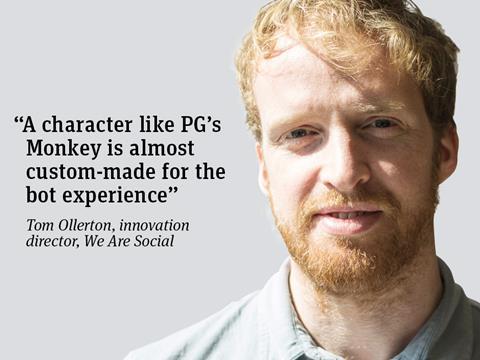
The recent news that brands are already scaling back on their chatbots will be news to fmcg firms that may still be at the ‘chat wot?’ stage. There’s a low barrier to entry with chatbots - you can mock one up in 10 minutes if you like. The result is chatbots being churned out without any real consideration of their purpose. So what could be a really useful and fun way for brands to speak to consumers risks failing at the first hurdle.
The best chatbots solve a problem for the consumer, whether in a customer service, sales or information & entertainment function. Take Heineken’s chatbot, which encourages football fans to get together to watch the knockout stages of the Champions League. Similarly you could imagine a cereal brand offering fun content to read over breakfast.
Feelgood fmcg brands like Ben & Jerry’s, Doritos or PG Tips have lots of pre-existing brand equity that can get the bot ball rolling. A character like PG’s Monkey is almost custom-made for the bot experience. Consumers are familiar with brand mascots like Monkey and predisposed towards them.
When we developed the Domino’s chatbot, we built a character profile called Dom who lets customers order their favourite pizza simply by typing ‘pizza’. He comes with his own backstory and personality - we identified the kind of content he’d share on Snapchat, how he would rewrite Domino’s own Facebook posts, and hundreds of quick witted comebacks should anyone make fun of him or swear. This level of detail is what makes the consumer relate to the chatbot, and prepared to spend time with it.
We’re still in the foothills of what chatbots and AI can offer brands, but that’s no excuse for producing something that doesn’t deliver a compelling consumer proposition. Five years from now, consumers might well be seeking product advice from a 3D-rendered human avatar that understands every nuance of their voice, facial expression and body language. The technology will be there, but without understanding what the consumer wants from the interaction, it will be powerless.
Tom Ollerton is innovation director of We Are Social






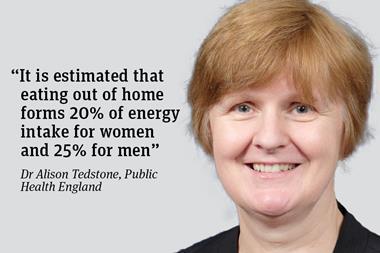
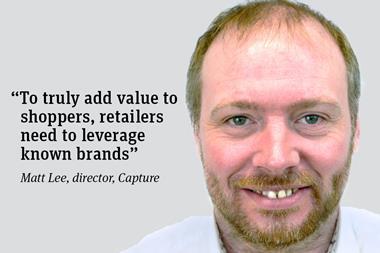
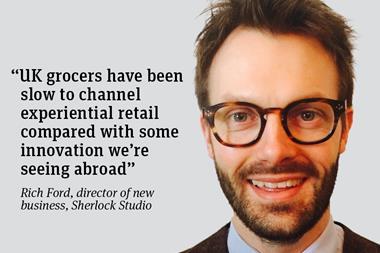
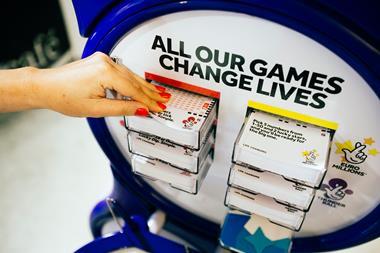
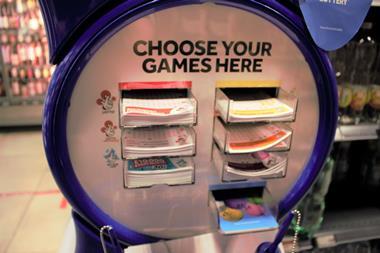


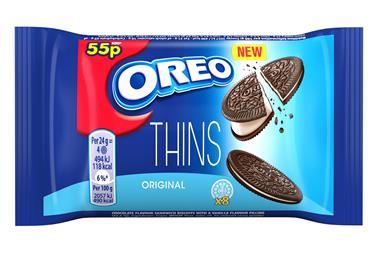
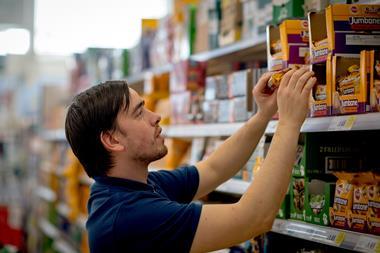
No comments yet